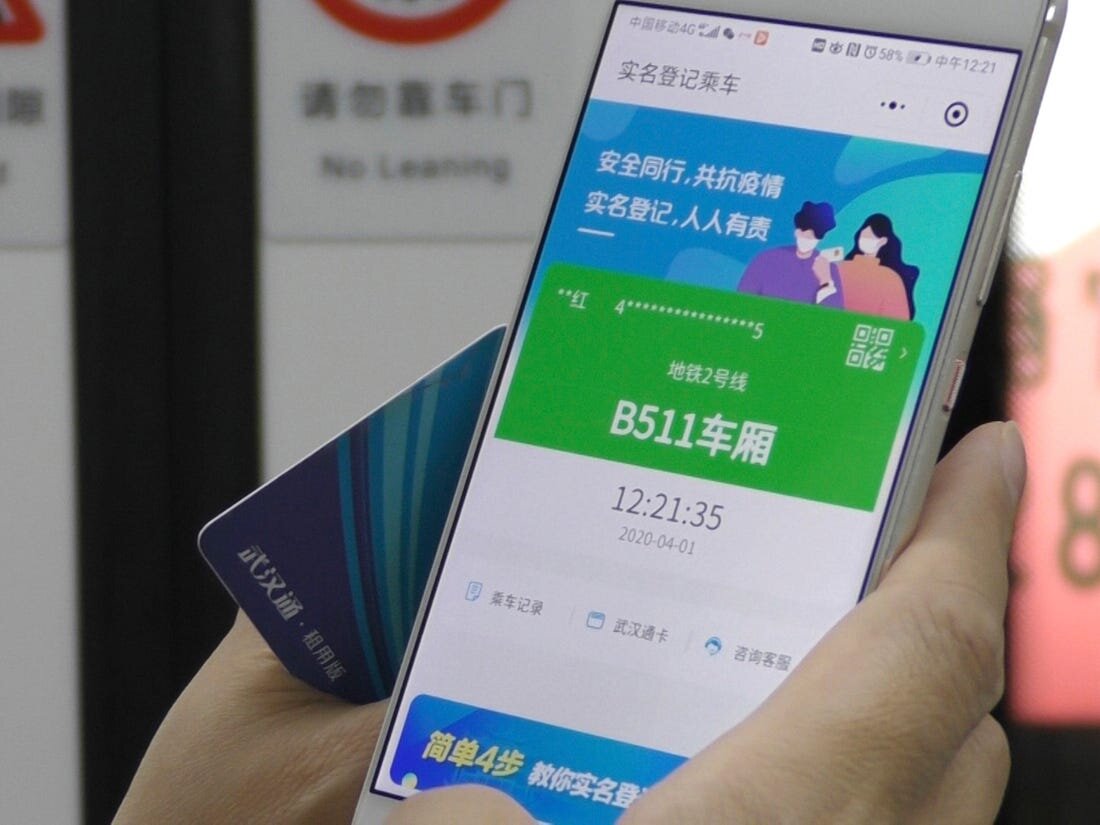Technology in a Global Pandemic – Saviour or Oppressor?
“I thought the days when humans are ruled by machines and algorithms won’t happen for at least another 50 years. [But] this coronavirus epidemic has suddenly brought it on early.” – Chinese blogger on the country’s new Health Code Service
In the span of a few months, the COVID-19 pandemic has spread across the world like wildfire, changing the lives of billions, flooding social media and news outlets and leaving behind a path of devastation and desolation. In these unprecedented times of crisis, the priority for the world’s leaders is to slow the spread, to flatten the curve, and to eliminate this deadly virus as soon as possible. As the world economy slips into a recession and millions lose their jobs, people have come to realize that health is the most valuable commodity and that the human race, although strong and resilient in nature, is so incredibly fragile. When compared to the worst pandemics in history, COVID-19 is unique in that its outbreak occurred in the peak age of technology and globalization. In the digital reality, we are already over-dependent on technology, but in times of restricted human-to-human interaction, technology truly takes over.
China, the country where the outbreak first occurred, is a nation with a notorious history of using technology to track citizens’ online activity and to implement strict surveillance systems in people’s daily lives. As expected, technology played a central role in China’s successful control of the outbreak within its borders. An example is WeChat, China’s super-app with over one billion daily users, which has permeated countless aspects of Chinese daily life and has extended far beyond basic messaging functions. With China’s nearly universal smartphone adoption, daily updates on COVID-19 are shared instantaneously among huge friend networks over WeChat, and citizens can order deliveries of food and other necessities via the app. Moreover, app users can view interactive maps displaying the number of infected patients within the vicinity of their physical location.
As China reaches the final stages of the COVID-19 outbreak, the country is doing everything in its power to prevent a second wave of infections. This mandate led to the development of the Health Code Service, an app run on the ubiquitous platforms of WeChat and Alipay (owned by e-commerce giant Alibaba), that allocates colour-coded designations based on users’ health status and travel history. People fill out their personal information, including their identification number, their home address, their recent travels, and their current health condition. Each user then receives a personalized QR code that displays green if the user is symptom-free, yellow if the user has had contact with an infectious person and should be quarantined, and red if the user is confirmed to be infected or has had symptoms and is awaiting a final diagnosis. Chinese citizens are required to present this personal QR code to enter subways, shopping malls, grocery stores, offices, and Wuhan, Hubei’s provincial capital and the original epicenter of the outbreak. Upon scanning these QR codes, the Chinese government is also able to track each citizens’ whereabouts. In the case of a confirmed infection, the government can trace the path of transmission, notify every at-risk individual and order them to undergo self-quarantine. As of early April, around 900 million people use this system on WeChat.
Tencent, WeChat’s parent company, has also launched a new health code specifically for students called the School Resumption Code to help schools in their re-openings. This app operates similarly to the main health code service and allows schools to “put up a school access barcode at the gate and further manage people who enter the school”. China also has several other mini-applications to tackle the virus, including self-diagnosis and online consultation services. The reaction to these apps is mixed in China, divided between those supporting their role in stopping the outbreak and others viewing them as a breach of privacy due to the lack of transparency over the data stored in the system. Citizens have questioned the over-dependency on technology for society to function and the reasons behind why they should allow corporate companies to monitor and trace their daily lives.
Technology has undoubtedly played a pivotal role in China’s victorious battle with COVID-19. The question is: at what expense?

